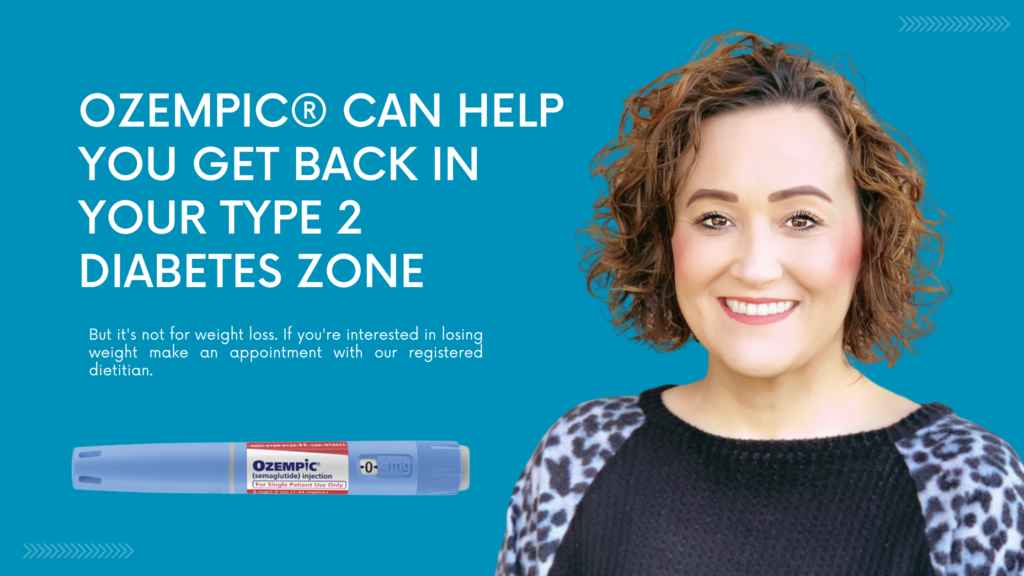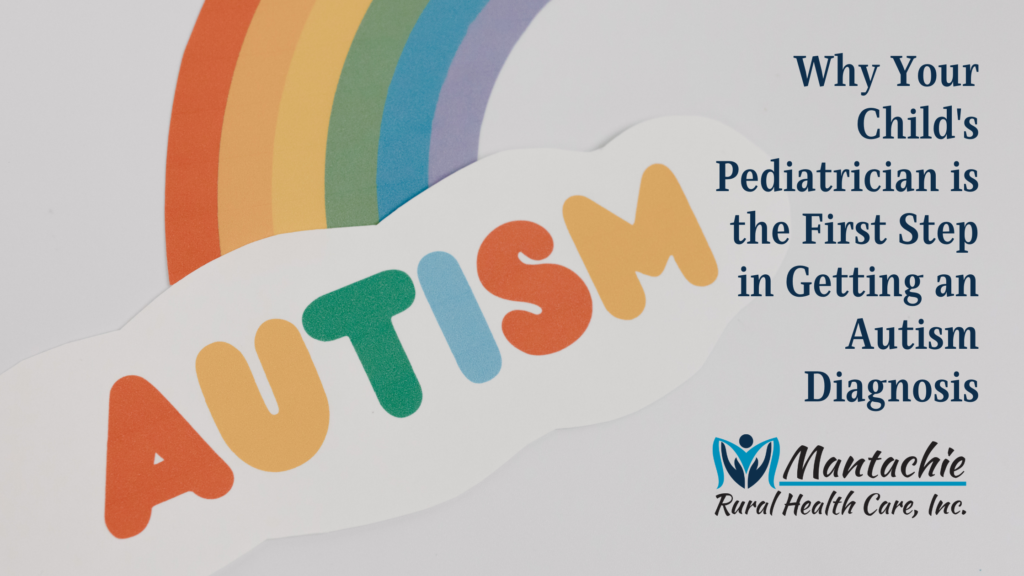
Can type 2 diabetes be cured? Type 2 diabetes is a common illness, but it’s also commonly misunderstood. One of the most popular myths about diabetes is that type 2 diabetes can be cured. Is this a myth or fact? Let’s find out.
Can Type 2 Diabetes Be Cured?
The short answer is no, doctors have yet to discover a cure for type 2 diabetes. You can, however, manage type 2 diabetes, and many patients lead a relatively normal life with the right diet, exercise plan, and medicinal treatment.
What is Type 2 Diabetes?
Type 2 diabetes is an impairment in the way the body produces sugar for energy. It is a metabolic disorder that leads to high levels of sugar in the bloodstream. If left uncontrolled, type 2 diabetes can lead to problems in the nervous, circulatory, and immune systems.
People can have type 2 diabetes for years before a diagnosis, because symptoms such as fatigue, unexplained weight loss, increased urination, and increased thirst and hunger may not be apparent at first. This is why yearly checkups with your healthcare provider are essential. Your provider performs screenings at these important visits that help them detect signs of diabetes. An earlier diagnosis and treatment lead to better outcomes.
How Can I Have a Healthy Life with Diabetes?
In a ray of positive news, most patients who follow their treatment plan and lifestyle guidelines manage type 2 diabetes without many problems. This includes eating a diabetes-friendly diet and getting at least 20-30 minutes of physical activity or exercise a day, as well as taking medication as prescribed and checking sugar levels regularly.
Some patients falsely believe that they have cured their type 2 diabetes when their treatment plan works, and their sugar levels return to normal for a while. They may even stop their medication and visits with their diabetes care provider. This is dangerous to anyone with type 2 diabetes because, again, there is no cure, even when your treatment plan is working well. Deviating from your treatment plan will lead to higher sugar levels and a return of symptoms.
Is it time for a yearly visit with your healthcare provider? Schedule a checkup with your Mantachie Rural Healthcare provider today here.











